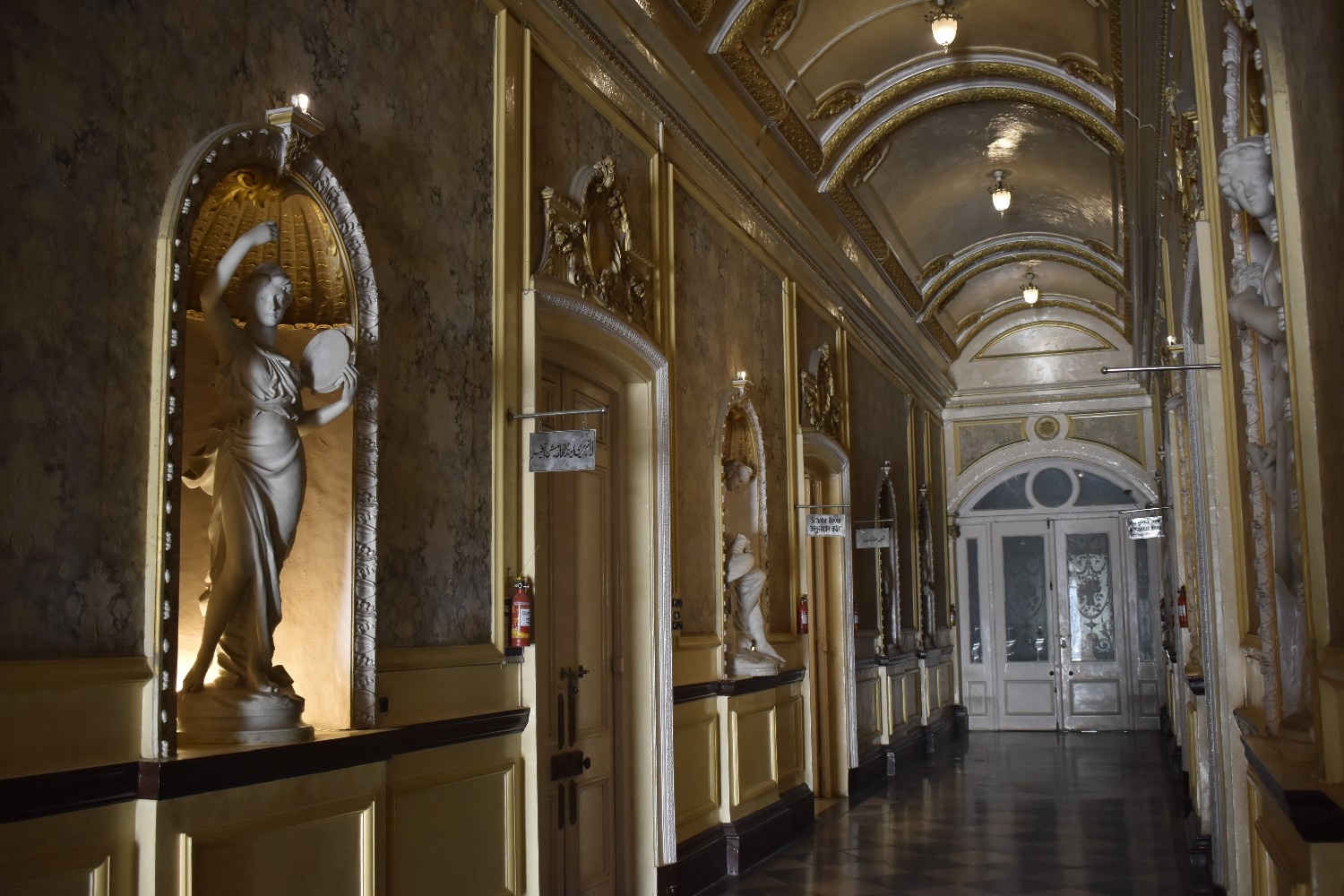
The conservation laboratory at the rampur raza library was founded in 1995 and has achieved significant progress since its establishment. It is responsible for the preventive and curative conservation and restoration of library collections. The conservators at the conservation lab are nationally and internationally trained and carry out both physical and minimal chemical treatments on the rare, special, and unique collections of the rampur raza library. This significant endeavor plays a crucial role in safeguarding the long-term preservation and accessibility of these permanent collections for both current and future generations. The laboratory is equipped and offers a diverse range of conservation and restoration treatment options. The wide range of collection items treated include: manuscripts, miniature paintings, rare old printed books, map, drawings books, historic printed documents, lithographs, drawings, glass etc. All procedures are executed in accordance with the code of ethics and guidelines for practice set forth by the american institute for conservation of historic and artistic works (AIC).
The conservation lab is committed to preserving and maintaining historical integrity as well as originality in our treatments. The treatment proposals take into account the structure of the paper, inks and pigments, bindings and other important factors. Every object is carefully examined and according to need, appropriate treatment is given to enhance the life expectancy of the objects. Before conservation treatment of any art object, photographic documentation is carried out in order to keep the proof of status of the art objects received and also it helps the conservator in the treatment and for future use. Our primary objective of conservation treatment is to stabilize an art work, prevent further damage and deterioration, and improve its condition for future use and its aesthetic importance.

Time to time, conservation laboratory imparts training on ‘methods of handling, dusting and transportation of manuscripts and printed books’ to the staff. They are trained for the cleanliness and maintenance of books and art objects.
This section is responsible for the conservation of works of art. While ensuring the historical integrity of the collections is preserved, and simultaneously tackling the challenges of long-term survival for future generations by employing established practices in the realm of paper conservation.
“Stay updated with the latest news, tips, and exclusive offers—straight to your inbox!”